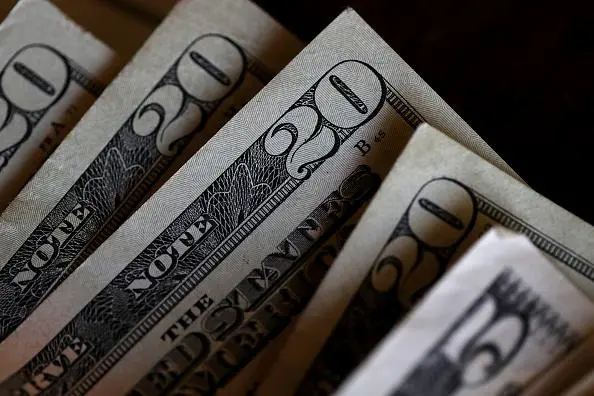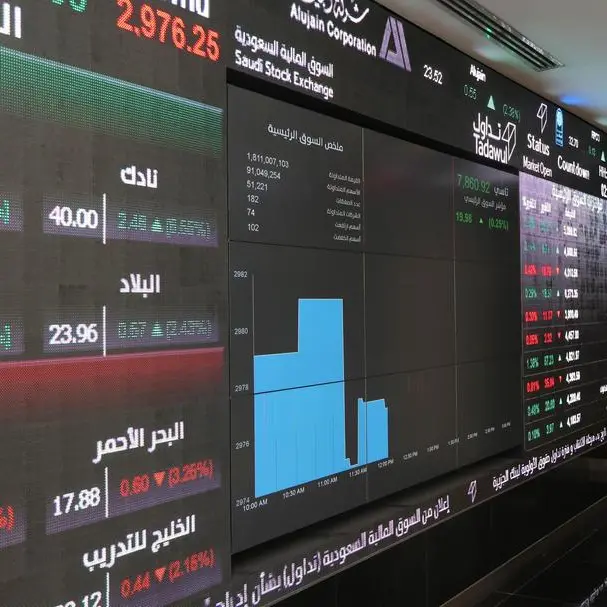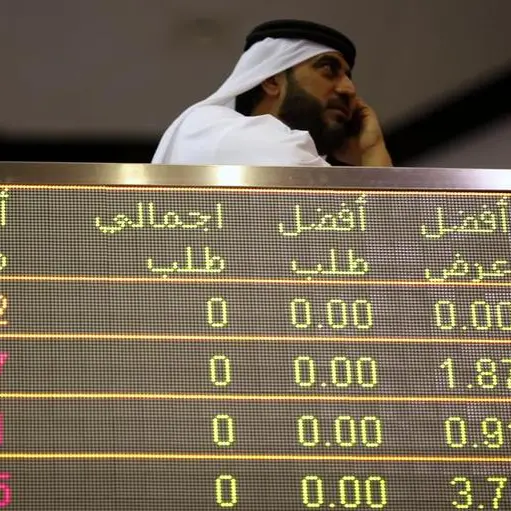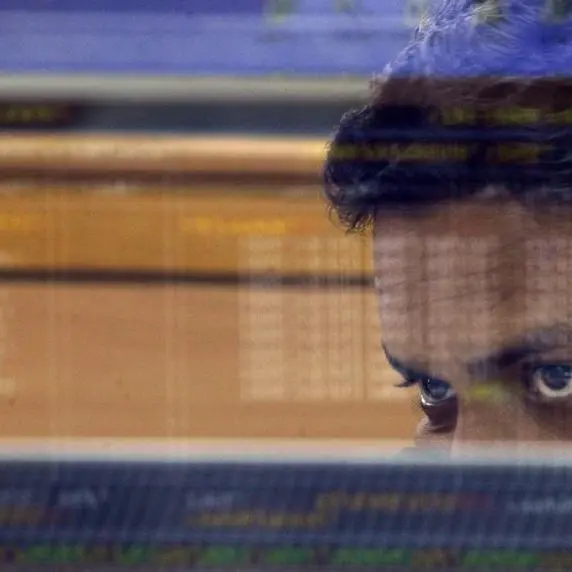PHOTO
Saudi Arabia’s holdings in United States government debt securities dropped by $9 billion in January from a month earlier, official data showed.
Despite the drop, Saudi interest in U.S. holdings in still high, an analyst told Zawya, but could weaken if the U.S. dollar strengthens further in value, or if the kingdom needs additional cash to support the state’s sovereign wealth fund.
The total holdings of Saudi Arabia in U.S. Treasury securities decreased to $162.6 billion at the end of January, from $171.6 billion in December, the latest data from U.S. Treasury showed.
“The main reason for the latter seems to be a lower yield on U.S. Treasury holdings in January, after the severe drop of yield in December, too,” Cyril Widdershoven, an economics partner at Verocy, a consultancy firm advising on investment risks in the Middle East, told Zawya in emailed comments.
“The yield on U.S. Treasuries in January 2019 was 5 points lower, while in December it dropped by around 35 points,” he said.
Saudi Arabia currently has the largest U.S. Treasury holdings among MENA countries and the 12th largest worldwide. The United Arab Emirates has the second-largest holdings among MENA countries at $56 billion in January as per official data, followed by Kuwait at $40.7 billion. On a monthly basis, the UAE’s holdings of U.S. Treasuries inched lower to $56 billion, down from $56.8 billion in December, while that of Kuwait slightly decreased to $40.7 billion, from $41.3 billion a month earlier.
China is currently the largest foreign holder of U.S. Treasury securities worldwide at $1,126.6 billion worth of holdings at the end of January this year, followed by Japan at $1,069.8 billion.
“Overall, the interest of Saudi Arabia for U.S. Treasuries is still very high,” Widdershoven said.
Despite the month-on-month drop in Saudi holdings of U.S. Treasury securities, the $162.6 billion held in January represented a 13.2 percent year-on-year rise, up from $143.7 billion in January 2018.
Widdershoven said that appetite for U.S. Treasuries could weaken, however, if the U.S. dollar becomes stronger.
“The latter could happen when oil markets are again heating up, which is one of the main drivers for U.S. currency fluctuations. If no Chinese economic worries continue, this could become the case in three-to-six months,” he said.
“A major other point will be the possible need for additional cash to support PIF/NIDLP (Public Investment Fund / National Industrial Development and Logistics) programs if the international appetite for the Saudi diversification projects is waning,” he noted.
Saudi government reserves have more than halved to $132.2bln over the past four years to $132.2 billion at the end of 2018, from almost $358 billion at the end of 2014, statistics from Saudi Arabian Monetary Authority showed. (Read more here).
The state’s sovereign wealth fund (PIF) is a key element in the local stock exchange with almost 75 percent of the fund’s assets under management estimated at $360 billion held in Saudi equities, PIF's managing director told a conference in Abu Dhabi last month. (Read more here).
Yesterday, Saudi Arabia’s capital markets marked the start of the first phase of inclusion of some of its biggest listed companies into global emerging market equity indices compiled by S&P Dow Jones Indices (S&P DJI) and FTSE Russell.
Widdershoven said it was still too early to gauge the impact that this inclusion would have on Saudi stocks.
“The impact of the FTSE/MSCI index inclusion is still unclear, so investors still keep a reasonably low profile,” he added.
(Reporting by Nada Al Rifai; Editing by Michael Fahy)
(nada.rifai@refinitiv.com)
Our Standards: The Thomson Reuters Trust Principles
Disclaimer: This article is provided for informational purposes only. The content does not provide tax, legal or investment advice or opinion regarding the suitability, value or profitability of any particular security, portfolio or investment strategy. Read our full disclaimer policy here.
© ZAWYA 2019











